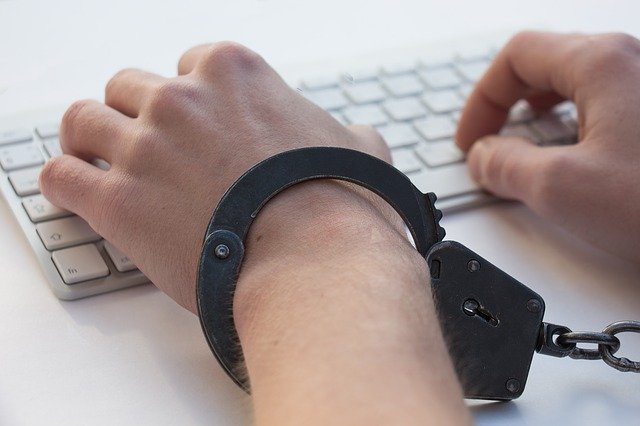Search
An internal DOL audit reveals the three ways in which COVID-19 has hampered the agency

Image by Лечение наркомании from Pixabay
Let’s give credit where credit is due. When Congress passed the Families First Coronavirus Response Act, the U.S. Department of Labor’s Wage and Hour Division had the unenviable task of creating and implementing supporting guidance, enforcing the law, and tending to all of its other responsibilities. All during a COVID-19 pandemic.
It wasn’t going to be perfect.
Late last week, the U.S. Department of Labor Office of Inspector General completed its audit of the WHD’s plan for the implementation, enforcement, and oversight of the FFCRA. You can view a copy of the OIG report here.
The audit results highlight three areas of concern.
- Balancing the need for more on-site investigations to ensure compliance with FFCRA and the Fair Labor Standards Act (FLSA), while maximizing telework and maintaining social distancing.
- The hecka-broad definition of health care provider, which is the same one that a New York federal court just eviscerated. The DOL is currently “assessing its legal options.”
- The WHD must do more to address the agency’s planned future actions, including how it plans to spend $2.5M in CARES Act money. (Pro Tip: Don’t do this.)
So how can WHD improve?
Here are the OIG two, err, four cents:
- Develop a plan to monitor the effectiveness of the agency’s oversight of the FFCRA and the FLSA programs so that the agency can identify if or when operational adjustments are necessary to most effectively utilize resources.
- Maintain a backlog of delayed on-site investigations and develop a plan to manage the backlog once normal operations resume.
- Determine the impact of the decision issued by the United States District Court for the Southern District of New York on the agency and its mission, and take appropriate action to address its impact.
- Update its COVID-19 operating plan addendum regarding the agency’s oversight of the FFCRA to include: specific performance goals, agency plans to use the $2.5 million received from the CARES Act, enforcement and outreach plans for the FFCRA once COVID-19 restrictions are lifted, enforcement plans for the FFCRA after it expires on December 31, 2020.
What should be on YOUR radar?
For now, pay attention to the DOL’s response to the recent New York federal court decision. That decision could impact the DOL’s position on not just healthcare worker FFCRA eligibility, but also intermittent FFCRA leave, documentation requirements, and whether employees on furlough remain FFCRA eligible.
On what else should you be laser-focused? Why signing up (here) for tomorrow’s Zoom HR Lunchtime Happy Hour Spectacular at Noon EDT. It’ll be me, and the EEOC talking mediation, including details about the new EEOC Mediation Pilot Program. If you’re currently facing an EEOC Charge of Discrimination or just clutching your pearls because you expect that one may be coming down the pike soon, please join us!
 The Employer Handbook Blog
The Employer Handbook Blog


